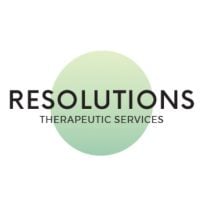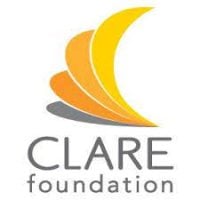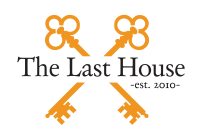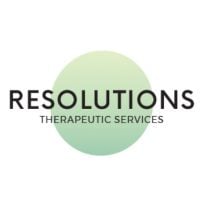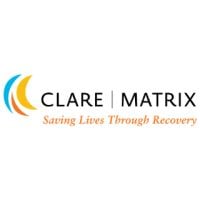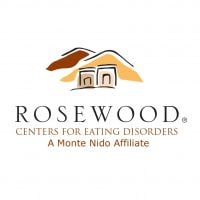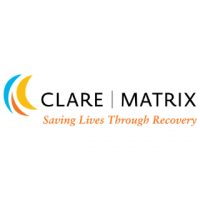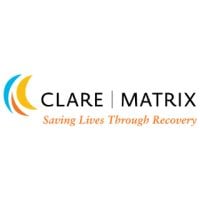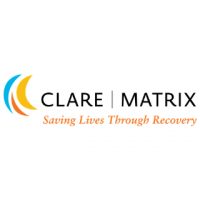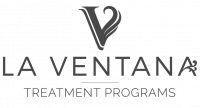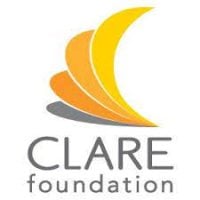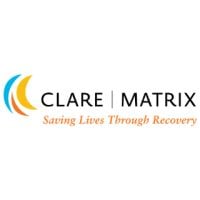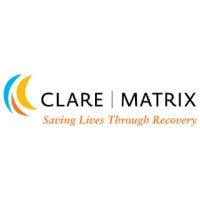In Santa Monica, California and Need Drug or Alcohol Treatment?
Santa Monica has one of the highest rates of drug addiction and abuse in the state of California. The majority of Santa Monica residents who abuse drugs are between the ages of 18 and 25. However, there is a growing number of teenagers and young adults who are abusing drugs. This is likely due to the fact that Santa Monica is a major party destination for young people.
The main choice of drugs being abused in Santa Monica is alcohol. However, there are also a significant number of people abusing prescription drugs, illegal drugs, and over-the-counter drugs.
There are a variety of reasons why people turn to drugs. Some people use drugs to cope with stress, while others because of peer pressure. Whatever the reason, drug abuse can lead to a number of serious health problems.
With a range of drug and alcohol recovery programs available across California, Santa Monica provides resources for care and a happier future. Select a facility that fits your needs in our list below, or call us for individualized suggestions.
Discover Treatment Options with an Expert
We will help you find treatment based on your location, budget, and specific needs and help you get started safely.
Free + Confidential Consultation
Browse 27 Centers in Santa Monica, California
Resolutions Therapeutic Services in Santa Monica, California offers a range of treatment options, including dual-diagnosis, intensive outpatient, aftercare support, partial-hospitalization, and outpatient care, to support individuals seeking recovery from addiction and substance abuse.

The CLARE Foundation is an Addiction Treatment Facility located in Santa Monica, CA that provides a variety of services such as detoxification, drug rehabilitation, dual-diagnosis, inpatient treatment and intensive outpatient programs to help individuals struggling with alcohol / opioid addiction, dual diagnosis and other substance abuse issues achieve sobriety.

The Last House Sober Living offers a full-spectrum of addiction treatment services, including drug rehab, dual diagnosis, inpatient and intensive outpatient care, intervention and aftercare support, all tailored to the individual's needs to promote sobriety and ensure long-term success in recovery.
Resolutions Teen Center in Santa Monica, California is an accredited substance abuse treatment facility offering various levels of care, including drug rehab, dual-diagnosis treatment, outpatient programs, partial-hospitalization, and aftercare support, to help teens overcome addiction and achieve long-lasting recovery.

Matrix Healing House is a CARF accredited drug and alcohol treatment facility located in Santa Monica, CA, offering personalized holistic care plans tailored to each individual's needs including Dual Diagnosis treatment, Inpatient and Outpatient care, Aftercare Support, Detox services, and private health insurance acceptance.

Dimensions Recovery Centers - Santa Monica provides evidence-based treatment for alcohol, opioid, dual diagnosis, eating disorder and drug addiction with an array of scientifically-backed therapies and programs fully accredited by the Joint Commission on Accreditation of Healthcare Organizations (JCAHO).

Rosewood Center for Eating Disorders is an accredited drug rehab in Santa Monica, CA that offersDetox, Dual Diagnosis, and Inpatient Treatment Programs with varying levels of care to meet patients' needs and accept most private health insurance plans.

CLARE , MATRIX Postpartum and Pregnant Women Program
CLARE , MATRIX Postpartum and Pregnant Women Program in Santa Monica, California offers comprehensive addiction treatment services including drug rehab, inpatient care, outpatient programs, and detoxification, with a focus on dual diagnosis and accepts private health insurance.

The CLARE Foundation - Drug Court Program is a comprehensive addiction treatment facility in Santa Monica, California that offers a range of services for those seeking recovery from substance abuse and dependency disorders, with personalized therapies, family-based programs, and expert care provided by a multi-disciplinary team of addiction specialists.



CLARE Foundation is a treatment center in Santa Monica that provides evidence-based addiction treatment services and options, including aftercare support, detox, drug rehab, and residential care, for clients with alcohol, opioids, substances, and dual diagnosis.


The Clare Foundation Men's Treatment Program is a drug rehab center in Santa Monica, California founded in 2018 that provides outpatient, residential, and detox services for those suffering from addiction to opioids, alcohol, and other drugs; additionally, it offers integrated dual diagnosis treatment for mental health disorders and aftercare support for those who have completed treatment. It accepts most major private health insurance plans.
La Ventana Treatment Programs offers an array of accredited, individualized dual diagnoses care programs and services such as inpatient, intensive outpatient, partial-hospitalization, residential, aftercare and sober living/half-way house options for those struggling with drug addiction and alcoholism, with the majority of private health insurance plans accepted.



Thrive Treatment offers an array of accredited and comprehensive care options such as Partial-Hospitalization, Outpatient, Aftercare Support, Dual-Diagnosis, and Intensive Outpatient Levels of Care for individuals suffering from Drug Addiction, Alcoholism, Substance Abuse, Opioid Addiction, Mental Health and Dual Diagnosis which is accepted by most private health insurance providers allowing more people to receive the help they need.

The Clare Foundation is an accredited drug rehab in Santa Monica that offers various levels of care for alcoholism, opioid addiction, substance abuse, dual diagnosis, and drug addiction and accepts private health insurance.



The Santa Monica drug rehab center offers comprehensive care, including both outpatient and residential levels of treatment, and accepts private health insurance, providing high-quality care from knowledgeable and experienced staff for individuals looking to recover from substance abuse issues.
The Moment is an addiction treatment facility in Santa Monica, CA that provides evidence-based and individualized care plans for detox, residential, outpatient, and drug rehab services that accept private health insurance to help individuals overcome their substance use disorder and achieve lasting sobriety.
Sea Change Recovery is a JCAHO accredited addiction treatment facility offering an array of inpatient, outpatient, detoxification, dual-diagnosis, and intensive outpatient services for individuals recovering from substance abuse, drug addiction, alcoholism, opioid addiction, mental health issues and dual diagnosis.

Victoria's House is a premier Addiction Treatment Facility located in Santa Monica, CA that provides comprehensive care with 14 beds available, including Drug Rehab, Dual-Diagnosis, Inpatient, Intensive Outpatient, Outpatient, Partial-Hospitalization and Sober-Living/Half-Way Services for those struggling with alcohol, opioid or other substance abuse addictions and Dual Diagnosis. They accept Private Health Insurance to ensure quality treatment without sacrificing financial security.
Alcohol Drug Council - High Gain Project
The Alcohol Drug Council's High Gain Project is an accredited addiction treatment facility in Santa Monica, CA that provides personalized care and evidence-based treatments, as well as therapeutic activities and peer recovery programs, to help individuals struggling with drug and alcohol addiction, mental health issues and substance abuse problems gain control of their lives and achieve long-term sobriety.

Words of Wonder
Words of Wonder, located in Santa Monica, California, is an addiction treatment facility offering a wide range of care, from intensive inpatient rehab to outpatient services, and its dedicated staff is devoted to helping individuals overcome their substance use disorder.
Rosewood - Santa Monica is a reputable and accredited addiction treatment facility located in Santa Monica, California, specializing in helping individuals recover from various addictions and offering access to specialized medical and therapeutic care with acceptance of private health insurance.

Matrix Men's Treatment Program is an accredited addiction treatment facility in Santa Monica, CA that offers drug rehab, dual-diagnosis, and inpatient levels of care and is staffed by addiction specialists who help those suffering from alcoholism, opioid addiction, substance abuse, and dual diagnosis and accepts private health insurance.

Matrix Admissions and Prevention is a CARF-accredited addiction treatment facility in Santa Monica, CA that provides inpatient levels of care for those struggling with alcohol addiction, opioid addiction, dual diagnosis, and drug addiction, and accepts private health insurance.

CLARE , MATRIX Outpatient Treatment Center - Santa Monica
CLARE MATRIX Outpatient Treatment Center is a CARF-accredited drug rehab facility in Santa Monica, CA that provides outpatient levels of care and dual-diagnosis services.

Promises Treatment Centers - Santa Monica is an accredited 12-bed treatment facility specialized in addiction treatment for Alcoholism, Opioid Addiction, Dual Diagnosis, and Drug Addiction that offers a combination of inpatient and outpatient services, including Detox, Residential Care, Aftercare Support, Interventions, Intensive Outpatient Programs, and Sober-Living/Half-Way Levels of Care, and accepts Private Health Insurance for payment.


American Private Physician Association
The American Private Physician Association is an addiction treatment center in Santa Monica, CA, providing individualized care to help those struggling with alcohol, opioids, dual diagnosis, and other substance addictions.
St John's Chem Dependency Center
St. John's Chem Dependency Center in Santa Monica offers comprehensive drug rehab services, including detox, inpatient rehab, outpatient rehab, and aftercare, to help individuals struggling with addiction achieve sobriety and maintain lasting recovery through a combination of therapies, medication management, and education on addiction and recovery.
Information About Substance Abuse and Addiction in Santa Monica, CA
Located just blocks from the Pacific Ocean in Southern California, Santa Monica is a beautiful and vibrant city. It’s also home to a significant number of people struggling with substance abuse and addiction.
According to the Santa Monica Police Department, alcohol and drug abuse are major contributing factors to crime in the city. In addition, addiction is a leading cause of homelessness in Santa Monica.
Fortunately, there are many resources available to those struggling with addiction in Santa Monica. Alcoholics Anonymous, Narcotics Anonymous, and other 12-step programs have meetings throughout the city. There are also several rehab facilities located in Santa Monica and the surrounding area.
If you or someone you love is struggling with addiction, don’t hesitate to reach out for help. There are many people in Santa Monica who are ready and willing to help you on your journey to recovery.
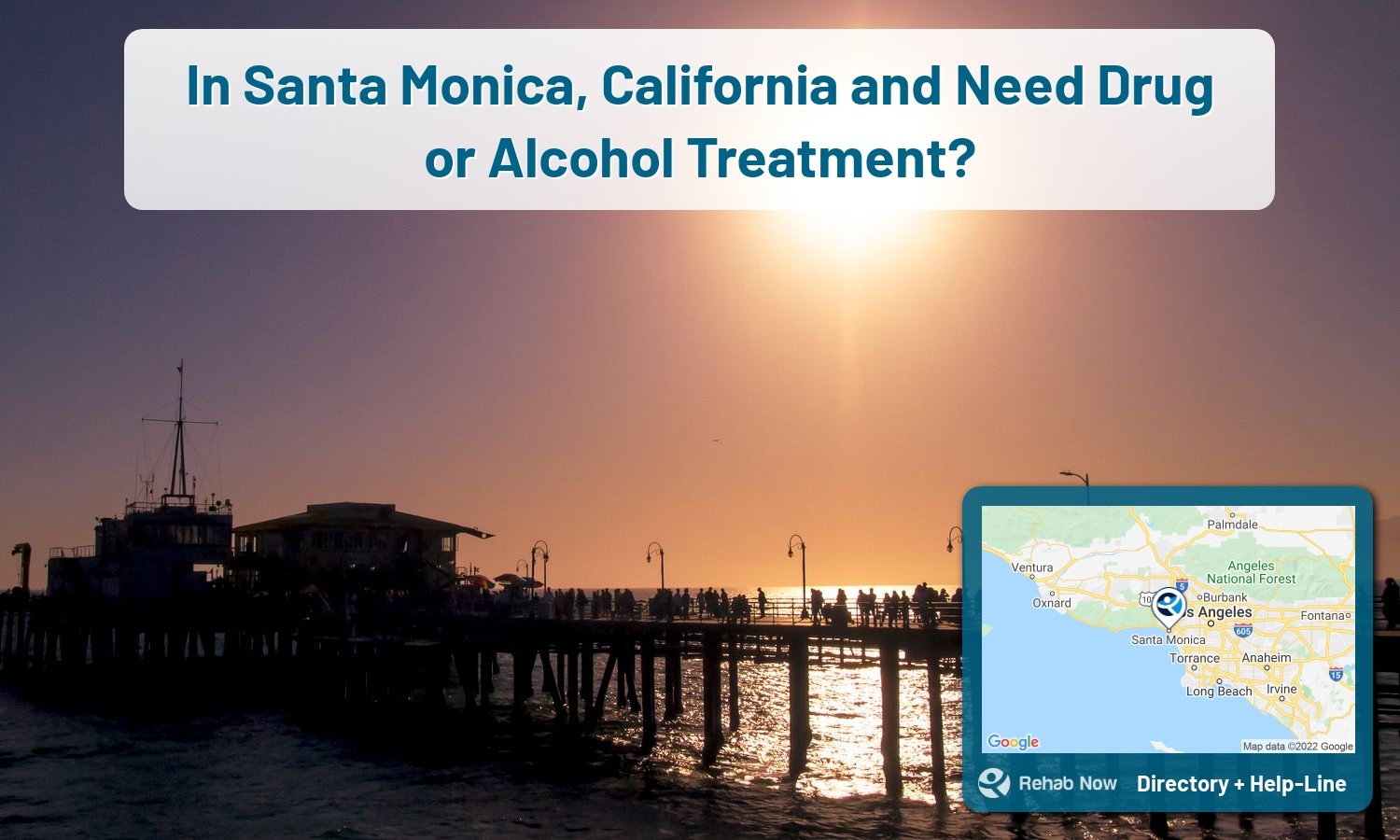
What types of treatment are available in Santa Monica, California?
Santa Monica, California offers a variety of treatment options for people struggling with addiction. These options include inpatient and outpatient rehab, 12-step programs, and holistic therapy.
Inpatient rehab is a live-in treatment program that provides 24-hour care and supervision. This type of treatment is typically used for people with severe addiction, as well as those who have relapsed after previous treatment.
Outpatient rehab is a less intensive treatment option that allows people to live at home while attending treatment during the day. This type of treatment is typically used for people with less severe addiction.
12-step programs are support groups that follow the 12 steps of Alcoholics Anonymous. These programs are typically used as a supplement to other forms of treatment.
Holistic therapy is a type of treatment that focuses on the mind, body, and spirit. This type of therapy may include yoga, meditation, and acupuncture.
Drug and Alcohol Statistics in Santa Monica, California
According to the NSDUH data, there were an estimated 8,000 people aged 12 or older who had problems with alcohol or/and drugs. This number represents about 8.8% of the Santa Monica population.
According to the California Behavioral Health Barometer, Santa Monica ranked in the top 10% for unmet needs for both mental health and substance abuse. In 2015-2016, 8.1% of adults in Santa Monica had an unmet need for mental health services, and 10.5% of adults had an unmet need for substance abuse services.
- About 1 in 10 residents reported using an illicit drug other than marijuana in the past month.
- 37% of Santa Monica high school students reported drinking alcohol in the past month.
- The rate of residents aged 12 or older who reported nonmedical use of a prescription drug in the past year was 5.2%.
- 32% of drug users in Santa Monica are aged 18-25.
Additional Treatment Centers in California
More than 3 million of California's citizens are addicted to illegal drugs. Almost 800,000 people use hard drugs, almost 5 million use marijuana, and another 2.1 million abuse alcohol every year. Other substance abuse issues such as binge drinking and teen drug use are also common. Many illegal drugs such as cocaine, heroin, methamphetamine, and marijuana are smuggled into the state from Mexico.
Still haven't found the right recovery center? Browse nearby California cities.
- Dana Point, CA (59.7 mi.)
- Oroville, CA (415.6 mi.)
- Corona, CA (53.7 mi.)
- La Habra, CA (31.6 mi.)
- Panorama City, CA (13.7 mi.)
- Baldwin Park, CA (30.2 mi.)
- Santa Paula, CA (39.8 mi.)
- Red Bluff, CA (472.7 mi.)
- Pleasant Hill, CA (336.8 mi.)
- South El Monte, CA (25.1 mi.)
- Hayfork, CA (519.8 mi.)
- Clearlake, CA (411.2 mi.)
- Los Angeles, CA (316)
- San Diego, CA (141)
- San Francisco, CA (128)
- San Jose, CA (95)
- Sacramento, CA (72)
- Oakland, CA (69)
- Fresno, CA (65)
- Long Beach, CA (59)
Types of drug rehab facilities
Drug rehab facilities come in all shapes and sizes, but they can broadly be categorized into state-funded, private, and non-profit organizations.
State-funded drug rehab facilities provide treatment at little to no cost for those who qualify. These facilities are typically lower in quality, but they can be an effective option for those with limited resources. Also, often have long waiting lists.
Private drug rehab facilities are usually more expensive, but they also tend to be higher in quality. These facilities often offer a wide range of amenities and treatment options, which can make them a good choice for those who can afford them.
Non-profit drug rehab is typically run by religious organizations, but they’re also open to people of all faiths. These facilities typically have lower costs, and they may offer scholarships or sliding-scale fees based on income.
Drug rehab programs for specific substances
While there are many different types of drug rehab programs, some people may benefit from programs that specifically target a certain substance. For example, someone who is addicted to cocaine may benefit from a cocaine rehab program. These programs may provide more targeted and specialized care than a general drug rehab program.
They may also be able to better address the unique challenges that come with overcoming cocaine addiction. Similarly, there are rehab programs for other drugs, such as heroin, alcohol, and prescription medications.
Length of stay in a rehab facility
The length of stay in a rehab facility depends on a variety of factors, including the severity of addiction, the presence of co-occurring mental health disorders, and the availability of resources.
In general, most people will stay in rehab for at least 30 days. However, some people may need to stay for 60 days, 90 days, or even longer. The decision about how long to stay in rehab is typically made by the treatment team, based on the individual’s needs.
The pre-rehab process
The pre-rehab process typically includes a medical assessment, which is used to determine whether someone is physically and mentally ready for rehab.
This assessment may also be used to identify any underlying health conditions that need to be addressed. Once someone is determined to be ready for rehab, they’ll typically undergo detoxification.
Detoxification is the process of eliminating all traces of drugs and alcohol from the body. This can be a difficult and uncomfortable process, but it’s important to detoxify before beginning treatment.
After detoxification, people usually begin therapy and other treatment programs. Therapy can include individual, group, and family counseling. Treatment programs may also include activities such as yoga and meditation, which can help people in recovery learn to cope with stress and triggers.
Aftercare and follow-up care
Aftercare and follow-up care are an important part of the recovery process. Aftercare typically includes continued therapy and support groups. It may also include medication-assisted treatment, which can help people manage cravings and prevent relapse.
Follow-up care is typically provided by a primary care physician or mental health professional. This care may include monitoring for signs of relapse, as well as providing support and resources for continued recovery.
Common reasons why people fail in rehab
According to the National Institute on Drug Abuse, roughly 20% of people who enter rehab for addiction will relapse within a year.
One reason is that they may not be ready to change. In order for rehab to be successful, people must be committed to making lifestyle changes and willing to do the hard work necessary to achieve sobriety.
Additionally, people who have been using drugs for a long time may need more intensive treatment in order to detoxify their bodies and overcome withdrawal symptoms.
Lastly, some people may not have a strong support system to help them through the recovery process. Having a supportive family and friends can make a big difference in whether someone is able to stay sober.
West Chester, PA Treatment Centers. Find drug rehab in West Chester, Pennsylvania, or detox and treatment programs. Get the right help now! (888) 674-0062.
